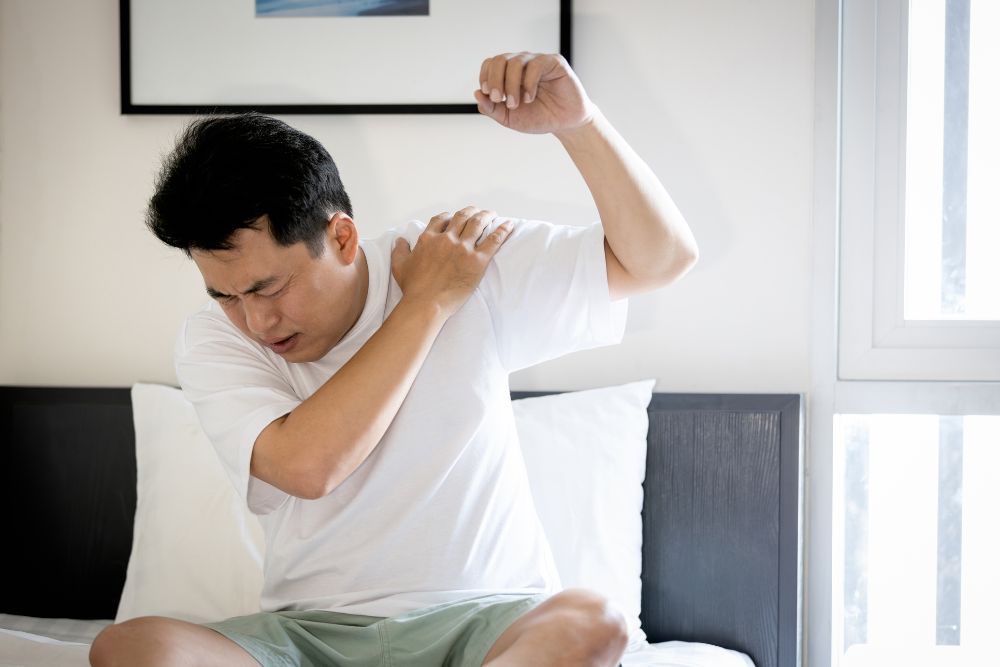Shoulder Bursitis Symptoms: When to See an Orthopedic Specialist
May 15th, 2025OrthoHC
Shoulder pain can sneak up gradually or appear after a sudden injury. If the discomfort doesn’t go away or begins to interfere with your daily routine, it may be a sign of shoulder bursitis. Understanding what causes this condition and when to seek care can help you avoid long-term discomfort and get back to your normal activities.
What Is Shoulder Bursitis?
Bursitis is the inflammation of the bursa—a small, fluid-filled sac that cushions your joints and helps reduce friction between bones and soft tissues. On your shoulder, the bursa is located near the rotator cuff and supports smooth joint movement. When this bursa becomes irritated or inflamed, it can lead to noticeable pain, swelling, and stiffness.
What Causes Shoulder Bursitis?
Shoulder bursitis can be caused by:
- Repetitive motion or overuse (common in athletes, painters, and manual laborers)
- Injury or trauma to the shoulder
- Underlying conditions, such as rheumatoid arthritis, gout, or diabetes
- Aging, which can lead to wear and tear over time
- In rare cases, bacterial infection
People who play sports, perform frequent overhead movements or heavy lifting, or have inflammatory health conditions are at higher risk for shoulder bursitis.
Common Shoulder Bursitis Symptoms
Shoulder bursitis symptoms can vary, but often include:
- Persistent pain on the outer shoulder or upper arm, especially when lifting or reaching overhead
- Swelling around the shoulder
- Sensitivity to even light touch
- Stiffness or reduced range of motion
- A feeling of warmth over the affected area
These symptoms may come on gradually or appear suddenly after physical strain.
How Shoulder Bursitis Is Diagnosed and Treated
If you’re experiencing shoulder pain that doesn’t improve after rest and home care, it may be time to seek a professional evaluation. At The Orthopedic Health Center, our orthopedic specialists will begin with a physical exam and may order imaging tests—such as X-rays or ultrasound—to rule out other causes and confirm a diagnosis.
Treatment for bursitis typically starts with conservative care, including:
- Activity modification, rest, and icing the shoulder
- Over-the-counter anti-inflammatory medications
- Physical therapy to restore flexibility and strength
For more severe cases, corticosteroid injections may be used to reduce inflammation. In rare cases where symptoms don’t respond to nonsurgical treatments, minimally invasive surgery may be necessary.
Don’t Ignore Persistent Shoulder Pain
If shoulder bursitis symptoms are interfering with your daily routine or not improving with rest, it’s time to get the expert care you deserve. At The Orthopedic Health Center, our orthopedic specialists are here to provide a personalized treatment plan that helps you return to the activities you love. Schedule your consultation today and take the first step toward lasting relief.
Appointments available now.
